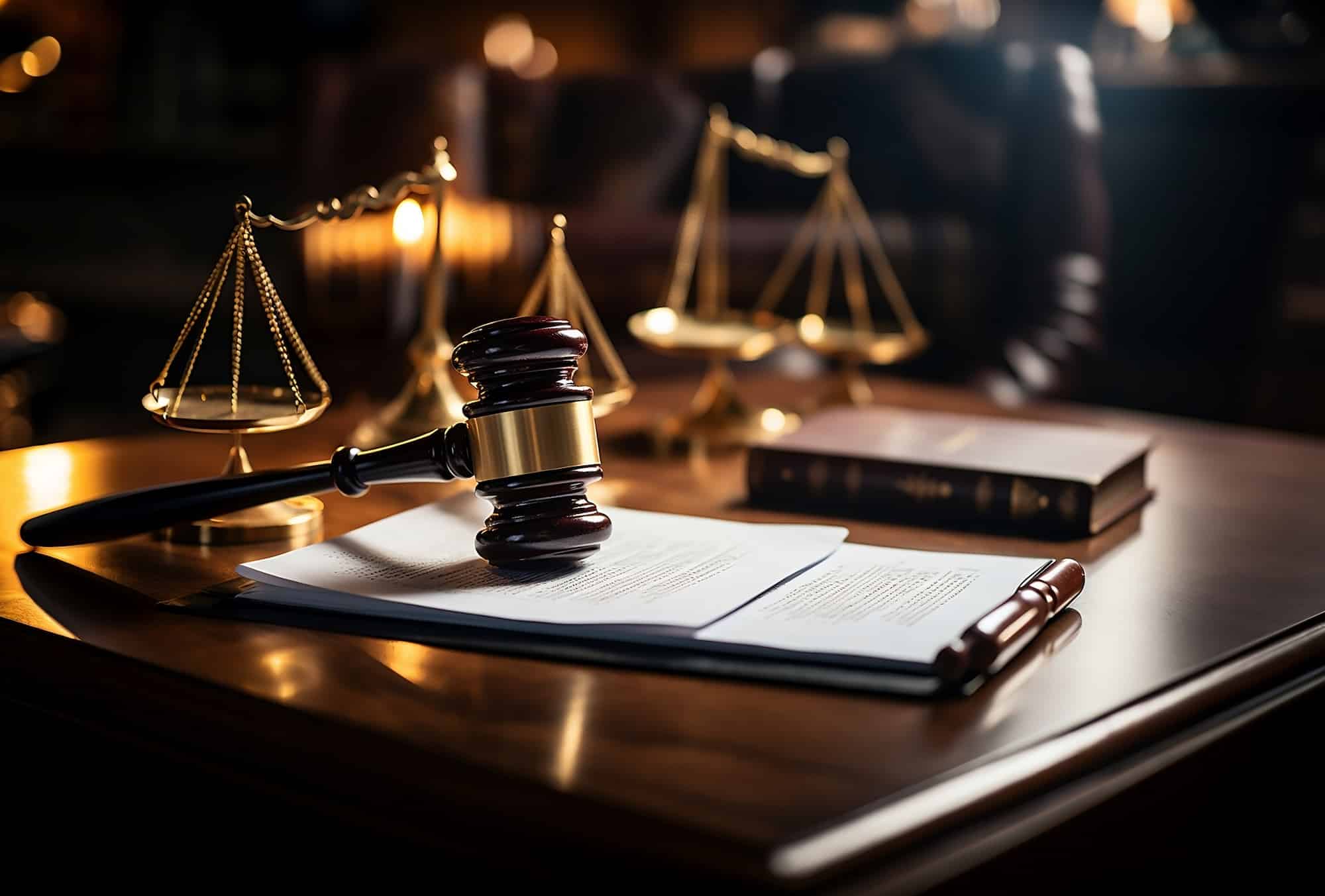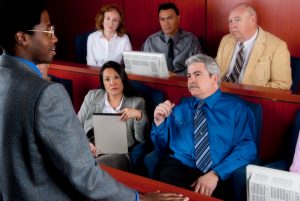Attaining Success in Court Trials: The Importance of Professional Trial Presentations
Attaining Success in Court Trials: The Importance of Professional Trial Presentations
Blog Article
Browsing the Complexities of Test Presentations: Tips for Seamless Shipment and Engaging Disagreements
In the realm of lawful proceedings, the art of test presentation stands as a vital determinant of success. As lawyers navigate the complex web of court room characteristics, the ability to flawlessly supply disagreements and proof while captivating the court's focus comes to be paramount. The intricacies fundamental in test presentations call for a delicate balance of skill, strategy, and skill. By honing techniques that guarantee a polished distribution and crafting compelling disagreements that reverberate with the audience, lawyers can substantially enhance their campaigning for. In a world where persuasion reigns supreme, understanding the intricacies of trial discussions is not just an alternative yet a need for those looking for to prevail in the courtroom.

Understanding Trial Objectives
To effectively browse a trial, it is crucial to have a clear understanding of the objectives that require to be accomplished. Prior to tipping into the court, legal teams need to specify their goals and desired results. These objectives act as guiding principles throughout the trial, forming methods and affecting decision-making processes.
Recognizing trial objectives involves an extensive analysis of the situation, legal criteria, and the customer's finest passions. Trial Presentations. It calls for a thorough exam of the truths, recognizing essential issues, and expecting prospective difficulties. By establishing measurable and details objectives, attorneys can tailor their discussions and debates to straighten with the preferred results
Furthermore, a clear grip of test objectives makes it possible for lawful groups to focus on evidence, witnesses, and lawful disagreements properly. It enables for the growth of a systematic narrative that reverberates with the court and court, reinforcing the overall situation discussion.

Organizing Proof Properly
Having a clear understanding of test objectives lays the structure for organizing proof efficiently in lawful procedures. By lining up the discussion of proof with the desired results of the test, legal groups can enhance their disagreements and boost their persuasiveness.
An additional crucial element in organizing evidence properly is establishing a sensible flow. Providing evidence in a sequential and meaningful fashion can help build an engaging story that supports the legal debates being made. Furthermore, using aesthetic help such as timelines, graphs, or graphes can further enhance the organization of proof and aid in clearing up complex partnerships or series of occasions.
Additionally, guaranteeing that all evidence presented is acceptable and pertinent to the instance is necessary. Irrelevant or inadmissible evidence can take away from the stamina of the disagreement and potentially damage the credibility of the presenting event. Consequently, a careful testimonial and choice procedure must be carried out to consist of just the most lawfully sound and impactful evidence in the trial discussion.
Crafting Influential Stories
Crafting compelling stories plays an essential role in presenting influential disagreements throughout legal proceedings. When creating a story for a test discussion, it is essential to establish a clear storyline that highlights crucial points and connects them in a systematic fashion. By weaving together proof, testament, and lawful disagreements right into a cohesive and convincing narrative, lawful experts can properly promote for their clients and raise the likelihood of a favorable result in the court.
Understanding Aesthetic Help
Effective use of visual aids is essential to enhancing the effect and clearness of test presentations. Visual aids, when made use of strategically, have the power to click to find out more streamline intricate details, strengthen bottom lines, and leave an enduring impact on the discretionary. To grasp visual help in test presentations, it is crucial to ensure that they are clear, concise, and appropriate to the debates being made.
When incorporating aesthetic aids, such as charts, pictures, graphs, or timelines, into a test presentation, it is necessary to maintain them aesthetically appealing yet professional. The visuals need to complement the spoken arguments, supplying an aesthetic representation of the details being gone over without frustrating the audience with unneeded details.
In addition, exercising with the visual help beforehand is important to ensure a seamless shipment during the trial. Familiarizing oneself with the content, shifts, and timings of each visual aid can aid keep Visit Your URL the circulation of the discussion and protect against technological problems that may arise.
Delivering Impactful Closing Arguments
A compelling closing disagreement works as the end result of a trial presentation, enveloping the core narrative and encouraging the court and jury towards a beneficial decision. To supply an impactful closing debate, it is vital to succinctly evaluate bottom lines, highlight the toughness of your situation, and attend to any weak points in a calculated way. Begin by outlining the major disagreements that support your customer's setting, emphasizing why the proof provided throughout the test sustains your narrative. It is necessary to produce a sense of communication and clarity, leading the discretionary in the direction of the desired verdict.
Additionally, incorporating sob story can even more reinforce your closing argument. By humanizing the instance and connecting on a personal level with the decision-makers, you can stimulate empathy and understanding, influencing their assumption of the facts presented. In addition, reiterating the legal requirements that have to be met for a positive judgment can reinforce the credibility of your setting. Inevitably, a well-crafted closing argument ought to leave an enduring impact, compelling the discretionary to regulation in your customer's support.
Conclusion
In final thought, grasping trial presentations includes comprehending purposes, arranging proof, crafting stories, using aesthetic help, and providing impactful closing disagreements. By applying find out this here these approaches properly, legal representatives can offer their instance flawlessly and make engaging disagreements in the court. It is vital to browse the complexities of trial discussions with precision and skill to achieve success in lawful process.
By lining up the presentation of evidence with the desired outcomes of the trial, legal teams can reinforce their debates and enhance their persuasiveness (Trial Presentations). To understand visual help in trial presentations, it is critical to make sure that they are clear, succinct, and relevant to the debates being made
An engaging closing disagreement offers as the end result of a trial discussion, enveloping the core story and encouraging the judge and court towards a favorable choice. Begin by detailing the primary arguments that sustain your client's position, stressing why the evidence offered throughout the test supports your story.In conclusion, understanding trial presentations includes understanding purposes, organizing proof, crafting narratives, making use of visual help, and providing impactful closing arguments.
Report this page